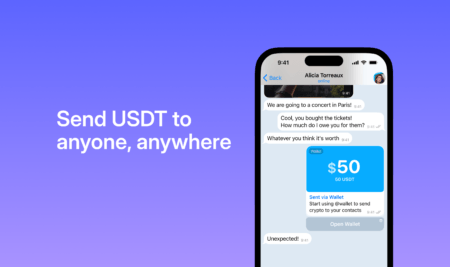On Monday (17 September), the Tezos Foundation made the announcement that the Tezos Mainnet had gone live.
The announcement explained that although the foundation had proposed a genesis block on 30 June 2018 that became the seed of the Tezos network launched on that day, this network was regarded as a betanet not a mainnet because they were not sure how reliable it was going to be. However, since the network has been running smoothly since then, they now consider this network as the mainnet.
Tezos is a blockchain platform for smart contracts and decentralized apps. Its blockchain “can evolve by upgrading itself.” Stakeholders are able to vote on changes to the protocol (including changes to the voting procedure). Here are some of its more interesting features:
- Self Amendment (this allows Tezos to upgrade itself, hence avoiding hard forks)
- On-Chain Governance (stakeholders can take part in governing the protocol, with the election cycle providing the mechanism for them to reach consensus on protocol changes)
- Decentralized Development (stakeholders can propose amendments that result in a payout to developers that are making contributions to the protocol)
- Turing-Complete Smart Contracts
- (“Liquid”) Proof-of-Stake (any stakeholder can be part of the consensus process and be rewarded by the protocol; the pool of validators (“bakers”) grows organically as the network grows)
- The act of signing and publishing blocks to the Tezos blockchain is called “baking” (honest bakers are rewarded with “tez” for their help with securing the network)
According to data from CryptoCompare, in the past 7-day period, the price of Tezos (XTZ) tokens has gone from $1.2 to $1.62, i.e. increased 35%.

There was more good news today for XTZ token holders, with one of the largest crypto exchanges, Bitfinex, announcing around 15:44 UTC that it had enabled XTZ trading pairs against BTC and USD:
Trading has been enabled for Tezos (XTZ) against USD & BTC. @tezos https://t.co/jFbmSjNpXF pic.twitter.com/wI9z4FlWpc
— Bitfinex (@bitfinex) September 17, 2018
Featured Image Courtesy of Bitfinex









